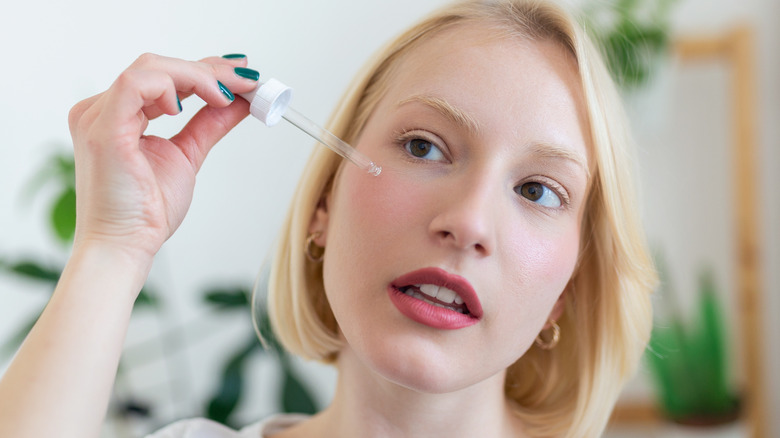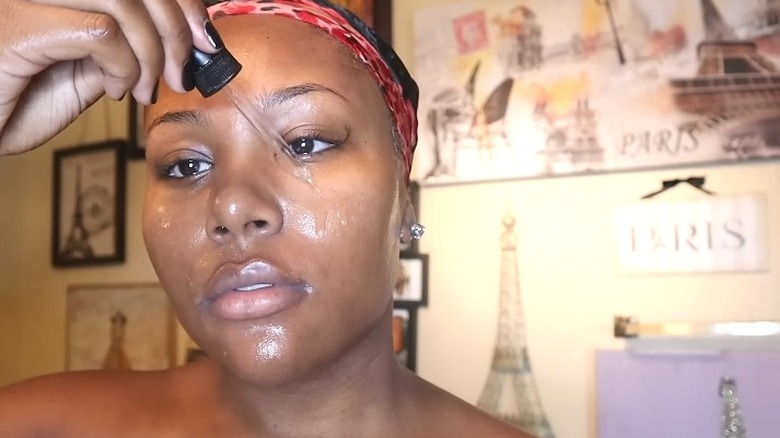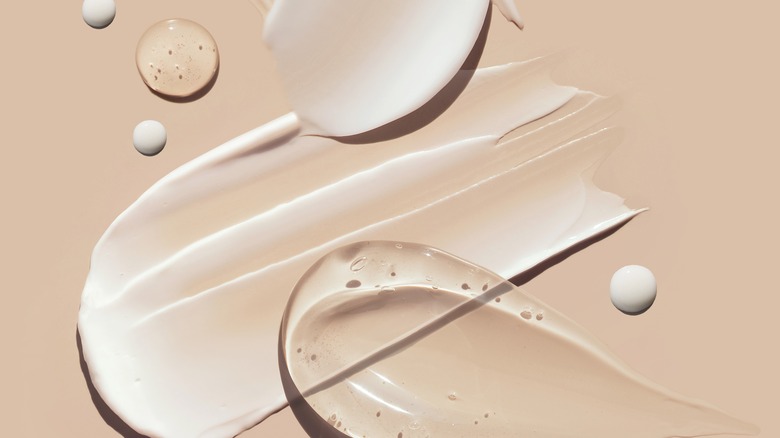Direct Acids: What Are They And How Do They Help Your Skin?
Skincare has always been a hot topic, but nowadays, the conversation has gotten even more popular. Everyone wants to know what to apply to stay in youth mode for as long as possible, or how to get rid of certain blemishes or allergic reactions. Maintaining healthy skin has probably never been more important than it is today, and that has led to the popularization of direct acids.
Virtually every skincare routine broadcasted on social media these days incorporates direct acids in multiple forms, such as cleansers, creams, and serums. Your skin has its own pH which is naturally on the acidic side, so direct acids are beneficial in maintaining your pH. Although they have permeated into every sphere of skincare, some people understandably still have questions about them. Many people associate acid with harsh, burning chemicals, and putting that on the skin doesn't sound like such a smart idea. If you're still in the dark about what direct acids are and how to use them, then you're missing out on some effective components of your skincare routine.
Direct acids help exfoliate the skin and have anti-aging benefits
Direct acids are acids that are applied directly onto the skin, usually for cosmetic purposes. According to Healthline, their primary objective is to exfoliate the skin, thus helping to reduce the appearance of uneven skin texture, and treating conditions such as hyperpigmentation and acne as well as reducing signs of aging. Some acids are commonly integrated into personal skincare routines whereas some are a bit more obscure. All direct acids are hydroxy acids, and this is fancy chemical jargon for "fruit acids."
The hydroxy acids most commonly used for skincare belong to two main categories: AHAs and BHAs. AHA stands for alpha hydroxy acid and this group of acids is water-soluble and has small molecules. They are best for treating surface level skin conditions such as hyperpigmentation and wrinkles, and are great exfoliators. They are typically stronger than beta hydroxy acids. Examples of AHAs are glycolic acid and lactic acid.
BHA stands for beta hydroxy acid and these have bigger molecules and are oil-soluble, so they can sink into deeper layers than AHAs. This means that they can treat skin conditions that occur deeper within the skin such as acne. BHAs are less harsh than AHAs and the most widely used one is salicylic acid. This anti-inflammatory acid is one skincare ingredient you should look for if you have oily skin.
How to know what order to layer your acids during your routine
Although direct acids are generally safe when used in the proper concentrations, it is still crucial for you to remember that they have different functions. Acid layering does a lot for the skin if done properly. If not, they can interact negatively. Start with the lower pH products before moving to the higher ones. If you are targeting multiple conditions, know that some acids should not be used at the same time and other acids may cancel each other out. For instance, retinoids and alpha hydroxy acids such as glycolic acid are both strong exfoliating agents and typically should not be paired for fear of causing irritation and inflammation. You can alternate days to use either one unless permitted by your doctor.
While direct acids are generally very safe to use, they can also come in high concentrations. These higher concentrations of acids should be used by medical professionals for extreme cases of skin conditions and not by yourself at home. Different acids have different recommended levels of concentration for home use. Check with your dermatologist to know what concentration is safest for your skin and to formulate a safe routine for you.
Conduct a patch test before applying acids on your face to make sure you aren't sensitive to the products. Above all, if you weren't using sunscreen before, you better grab a few bottles now. Direct acids increase your skin's sensitivity and exposure so you need the extra protection if you want to start using them.


